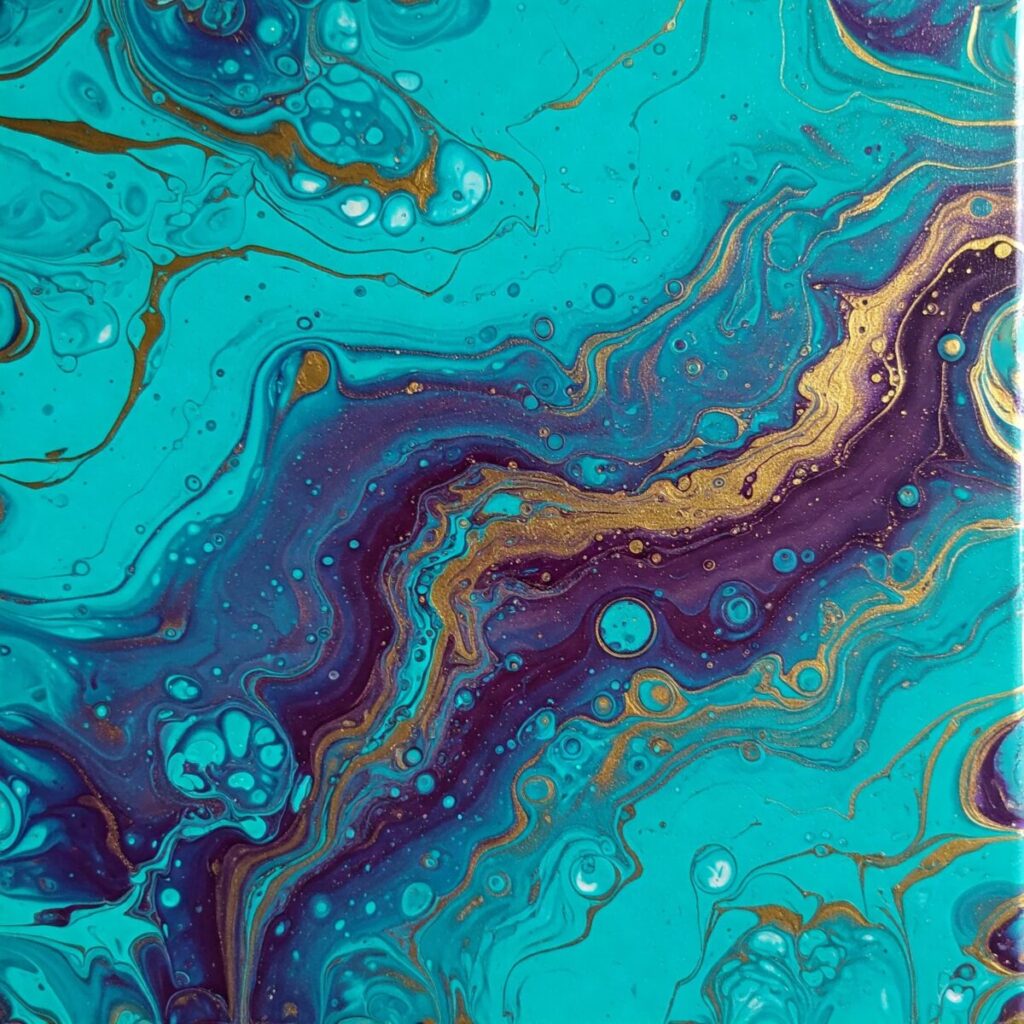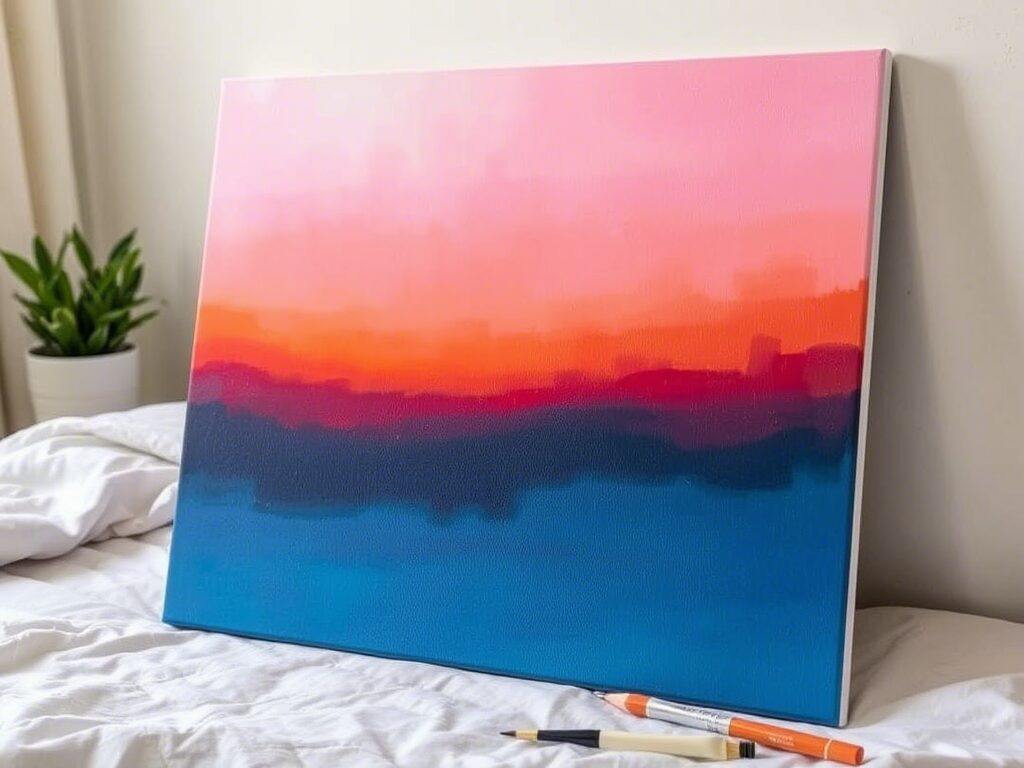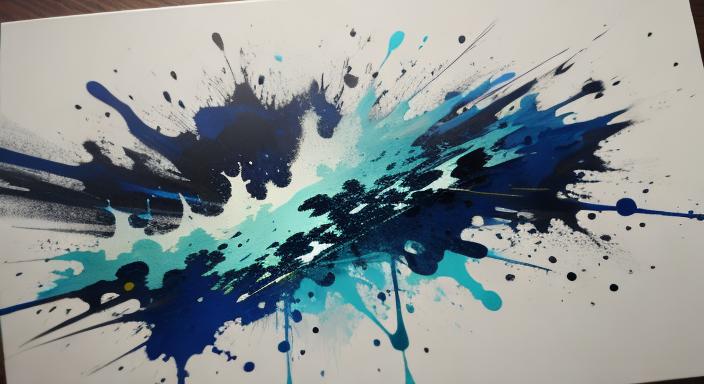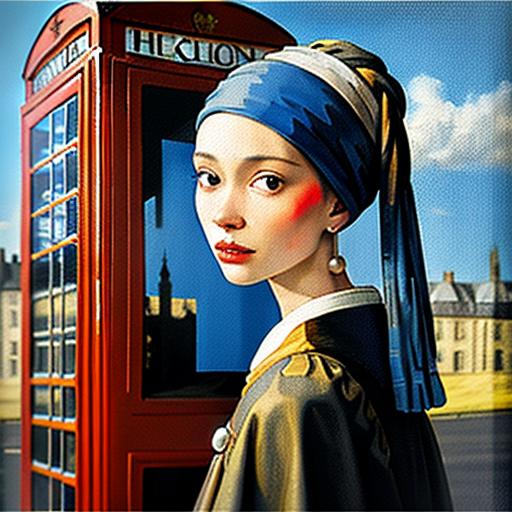Are you ready to embark on an amazing journey through the world of art? In this guide, we’ll explore the top 100 popular paintings that have captured hearts and minds throughout history. From mysterious smiles to starry nights, these masterpieces have shaped our understanding of beauty, emotion, and human expression. Whether you’re new to art appreciation or a seasoned enthusiast, these iconic works represent the pinnacle of artistic achievement that everyone should experience at least once in their lifetime.
Our Top 100 Paintings
Scroll through and enjoy our 100 popular paintings. Click on Painting image or Details for more information. Your favourite missing? Tell us in the cooments what your choices would be ….
Our Top 100 Popular Paintings
Key Points:
- Discover masterpieces from Renaissance to Modern art periods
- Learn about famous artists and their revolutionary techniques
- Understand why certain paintings became cultural icons
- Find where to view these famous works in person
- Explore how to appreciate art details even as a beginner
Listen to our Podcast on Top 100 Popular Masterpieces
Why These Top 100 Popular Paintings Matter
Art isn’t just pretty pictures hanging on walls—it’s a visual conversation across centuries. The top 100 popular paintings we’ll explore have influenced everything from fashion to films, advertising to architecture. These artworks have survived wars, censorship, and changing tastes because they speak to something universal in the human experience.
When Leonardo da Vinci painted the Mona Lisa in the early 1500s, he couldn’t have known his portrait would become the most recognized painting on Earth. Similarly, when Vincent van Gogh created The Starry Night, he was an unknown artist struggling with mental illness—not the household name he is today.
“Art washes away from the soul the dust of everyday life.”
Pablo Picasso
What makes these paintings special isn’t just technical skill, but their ability to move us emotionally, challenge our thinking, or capture a moment in history that continues to resonate.
Renaissance Masterpieces Among Top Popular Paintings

The Renaissance period (14th-17th centuries) gave us some of the most remarkable paintings in human history. These works revolutionized how artists depicted the human form, perspective, and light.
Renaissance Highlights:
- Mona Lisa (Leonardo da Vinci, 1503-1519) – The enigmatic portrait housed in the Louvre Museum that attracts millions of visitors annually.
- The Last Supper (Leonardo da Vinci, 1495-1498) – A dramatic moment of betrayal captured in a monastery dining hall in Milan.
- The Creation of Adam (Michelangelo, 1508-1512) – Part of the Sistine Chapel ceiling, showing God reaching out to give life to Adam.
- The Birth of Venus (Sandro Botticelli, 1484-1486) – The goddess of love emerging from the sea on a giant shell.
- School of Athens (Raphael, 1509-1511) – Depicting the greatest minds of antiquity gathered in philosophical discussion.
These Renaissance works focused on realistic human anatomy, mathematical perspective, and classical themes from the Bible and Greek mythology. Artists during this time were considered not just craftsmen but intellectuals exploring science, mathematics, and philosophy through their work.
For a deeper understanding of Renaissance techniques, check out our article on understanding sfumato technique in painting. Leonardo da Vinci pioneered this soft, hazy effect that makes the Mona Lisa’s smile so mysterious!
Baroque and Dutch Golden Age Treasures

Following the Renaissance came the dramatic, emotional style of Baroque painting and the precise detail work of the Dutch Golden Age. These periods gave us some truly unforgettable masterpieces.
Notable works include:
- The Night Watch (Rembrandt, 1642) – A revolutionary group portrait with dramatic lighting
- Girl with a Pearl Earring (Johannes Vermeer, c.1665) – Sometimes called the “Dutch Mona Lisa”
- The Return of the Prodigal Son (Rembrandt, 1668) – A powerful biblical scene with psychological depth
- Las Meninas (Diego Velázquez, 1656) – A complex composition playing with perspective and mirrors
- The Anatomy Lesson of Dr. Nicolaes Tulp (Rembrandt, 1632) – Bringing drama to scientific observation
During these periods, artists mastered the use of light and shadow (chiaroscuro) to create depth and mood. Paintings became more theatrical and emotionally intense.
Want to learn more about how light transforms paintings? Visit our article on mastering impressionism light techniques.
Impressionist and Post-Impressionist Revolution
The late 19th century saw artists break away from traditional styles to capture fleeting moments, light, and everyday scenes. The Impressionists and Post-Impressionists created some of the most beloved paintings in the popular imagination.
| Artist | Notable Work | What Makes It Special |
|---|---|---|
| Claude Monet | Water Lilies series | Revolutionary brushwork capturing light reflections |
| Vincent van Gogh | The Starry Night | Emotional, swirling night sky with vibrant colors |
| Pierre-Auguste Renoir | Dance at Le Moulin de la Galette | Capturing joy and light in everyday Parisian life |
| Edgar Degas | The Dance Class | Behind-the-scenes look at ballet practice |
| Georges Seurat | A Sunday Afternoon on the Island of La Grande Jatte | Created entirely with tiny dots (pointillism) |
These artists were initially rejected by the art establishment but are now among the most popular and valuable painters in history. Van Gogh, who sold only one painting during his lifetime, now has works valued in the hundreds of millions!
Curious about the differences between similar-sounding artists like Manet and Monet? Our article on Manet v Monet clears up the confusion.

Modern Art Game-Changers
The 20th century brought radical experimentation in art. These modern masterpieces challenged traditional definitions of what painting could be:

- The Persistence of Memory (Salvador Dalí, 1931) – Melting clocks in a dreamlike landscape
- Guernica (Pablo Picasso, 1937) – A powerful anti-war statement using cubist techniques
- The Scream (Edvard Munch, 1893) – An iconic expression of modern anxiety
- Campbell’s Soup Cans (Andy Warhol, 1962) – Challenging the boundary between commercial and fine art
- No. 5, 1948 (Jackson Pollock, 1948) – Revolutionary “drip painting” technique
Modern artists often cared less about realistic representation and more about expressing emotions, ideas, or abstract concepts. Their work frequently commented on society, politics, and the human condition.
For more on how abstract art developed, check out our guide to Kandinsky’s influence on abstract expressionism.
How to Appreciate These Top Popular Paintings
Appreciating great art doesn’t require an art history degree! Here are simple ways to connect with these masterpieces:
- Look closely at details – Notice small elements you might miss at first glance
- Learn the context – Understanding when and why a painting was created adds meaning
- Consider your emotional response – How does the artwork make you feel?
- Notice the techniques – Observe brushstrokes, color choices, and composition
- Take your time – Great art reveals itself slowly; don’t rush
Many museums now offer virtual tours where you can zoom in on paintings with incredible detail. The Google Arts & Culture platform lets you explore thousands of artworks from your home.
For beginners wanting to learn more about art appreciation, visit our guide on how to appreciate art without feeling overwhelmed.
Where to See These Famous Works in Person
While reproductions and digital images are wonderful, nothing compares to seeing great art in person. The scale, texture, and true colors can only be fully appreciated standing before the original.

Top museums housing many of these popular paintings include:
- The Louvre (Paris) – Home to the Mona Lisa and Liberty Leading the People
- Museum of Modern Art (MoMA) (New York) – Houses The Starry Night and many modern masterpieces
- Musée d’Orsay (Paris) – Impressionist heaven with works by Monet, Renoir, and Van Gogh
- The Metropolitan Museum of Art (New York) – Encyclopedic collection spanning 5,000 years
- Uffizi Gallery (Florence) – Renaissance treasures including Birth of Venus
- Prado Museum (Madrid) – Spanish masters including Velázquez and Goya
If you’re planning art-focused travel, our article on the diversity of art museums can help you choose destinations.
The Stories Behind the Masterpieces
Every great painting has fascinating stories behind it. For example:
- The Mona Lisa was stolen from the Louvre in 1911, making it international news and contributing to its fame
- Van Gogh painted The Starry Night while in an asylum, looking through his window at night
- Picasso’s Guernica depicts the bombing of a Basque town during the Spanish Civil War
- Grant Wood used his dentist and sister as models for American Gothic
- The ceiling of the Sistine Chapel took Michelangelo four years to complete, painting while lying on his back
Learning these background stories adds another dimension to appreciating these top popular paintings. For more fascinating art stories, see our article on famous painting mistakes that turned into masterpieces.
How to Use This Guide to Top 100 Popular Paintings
This guide can be your starting point for a lifetime of art exploration. Here’s how to make the most of it:
- Choose one artist or period to focus on first – Don’t try to learn everything at once
- Look for connections between artworks – Notice how artists influenced each other
- Start a digital collection – Save images of paintings that speak to you personally
- Use art as inspiration – Let these masterpieces influence your own creativity
- Share your discoveries – Discuss art with friends and family to deepen appreciation
You might also enjoy watching this insightful video about how to appreciate famous paintings:
To better understand what makes paintings valuable throughout history, visit our article on what makes paintings valuable.
Hidden Meanings in Popular Paintings
Many of the top 100 popular paintings contain fascinating symbolism and hidden meanings:
- The Arnolfini Portrait by Jan van Eyck includes a tiny reflection of the artist in a mirror
- The Garden of Earthly Delights by Hieronymus Bosch contains bizarre symbols scholars still debate
- The School of Athens by Raphael features portraits of Renaissance contemporaries posing as ancient philosophers
- The Ambassadors by Hans Holbein includes a distorted skull only visible from certain angles
For more fascinating hidden details, check out our piece on hidden meanings in famous paintings.
The Evolution Continues: Why These Top 100 Popular Paintings Still Matter

The top 100 popular paintings continue to influence contemporary art, design, fashion, and digital media. They appear in everything from advertising to emoji collections! These masterpieces connect us to our shared human heritage and continue to inspire new generations of artists and art lovers.
Whether you’re drawn to the technical virtuosity of Renaissance masters, the emotional power of Expressionists, or the conceptual brilliance of Modern artists, there’s something in these top 100 popular paintings to speak to every heart and mind. The beauty of great art is that it continues to reveal new meanings and pleasures over time—a single painting might affect you differently at different stages of life.
As you explore these top 100 popular paintings, remember that art appreciation is deeply personal. The paintings that move you most might not be the most famous or expensive. Trust your own responses and use this guide as a starting point for your own unique journey through the magnificent world of art.
🎨 Art Discovery Tool
Explore the public collection of the Art Institute of Chicago
Note: This tool fetches real artwork data from the Art Institute of Chicago’s public API.
Enter a search term above to explore artworks.
FAQ: Top 100 Popular Paintings
Who painted the Mona Lisa?
Leonardo da Vinci painted the Mona Lisa between 1503-1519. The subject is believed to be Lisa Gherardini, the wife of a Florentine merchant. The painting now hangs in the Louvre Museum in Paris.
What is the most expensive painting ever sold?
As of 2024, the most expensive painting ever sold is “Salvator Mundi,” attributed to Leonardo da Vinci, which sold for $450.3 million in 2017. However, controversy surrounds the painting’s authenticity and restoration.
How can I understand modern art better?
Modern art often focuses more on expressing emotions or ideas than depicting reality. Try approaching it with an open mind, read about the artist’s intentions, consider the historical context, and most importantly, notice your own emotional response. Our article on how to discover meaning in abstract art offers more guidance.
Where can I see famous paintings in person?
The world’s great art museums house most famous paintings. The Louvre in Paris (Mona Lisa), MoMA in New York (Starry Night), Uffizi in Florence (Birth of Venus), and Prado in Madrid (Las Meninas) are excellent starting points. Many museums also offer virtual tours online.
How do I analyze a painting’s composition?
Start by noticing how your eye moves through the painting—what do you look at first? Notice how the artist uses line, shape, color, and space to guide your attention. Look for symmetry or asymmetry, and consider how different elements balance each other. Our article on creating focal points explains more about composition techniques.



